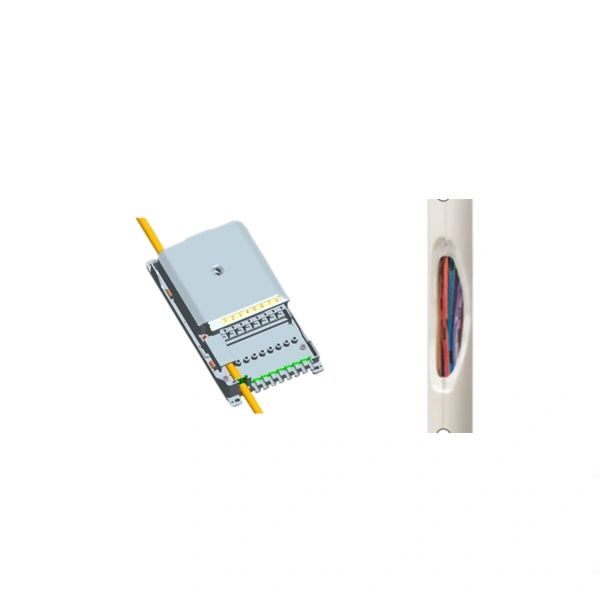An Essential Guide to Selecting the Perfect Indoor Optical Cable for Your Needs

Indoor optical cables are crucial components for transmitting data and information through fiber optic networks. Choosing the suitable type of indoor optical cable is essential to ensure optimal performance and reliability. This guide will provide you with comprehensive information on the factors to consider when selecting indoor optical cables.
1. Consider the Application
Before choosing an indoor optical cable, it is important to assess the specific application requirements. Different applications may have varying needs, such as higher bandwidth, longer distances, or specific environmental conditions. Understanding the application will help you determine the suitable type of indoor optical cable
2. Fiber Configuration
The fiber configuration is an important consideration when choosing an indoor optical cable. It determines the number and type of fibers within the cable. Single-mode fibers are ideal for long-distance applications, while multi-mode fibers are suitable for shorter distances and lower bandwidth requirements. Assess your requirements and select the appropriate fiber configuration accordingly.
3. Jacket Material and Flame-Retardant Ratings
The jacket material of the indoor optical cable is vital, especially in terms of durability, flexibility, and resistance to environmental factors such as moisture, temperature changes, and chemicals. Additionally, consider the flame-retardant rating of the cable to ensure safety in case of fire. PVC and LSZH (Low Smoke Zero Halogen) are commonly used jacket materials with varying levels of flame resistance.
In summary, choosing the suitable type of indoor optical cable requires a thorough assessment of the application, understanding the fiber configuration needed, and considering the jacket material and flame-retardant ratings. By carefully considering these factors, you can ensure optimal performance and reliability for your indoor optical cable needs.



